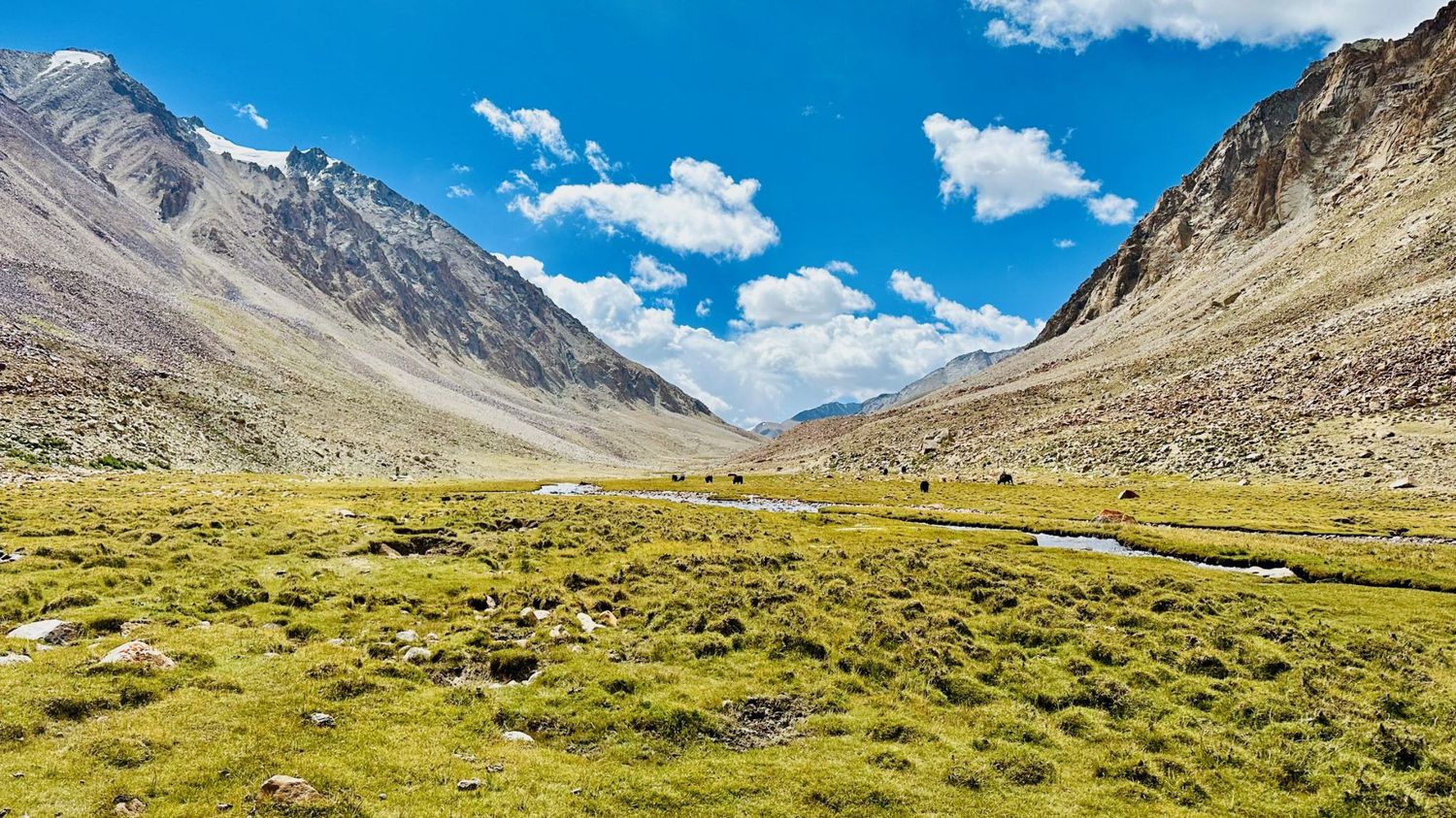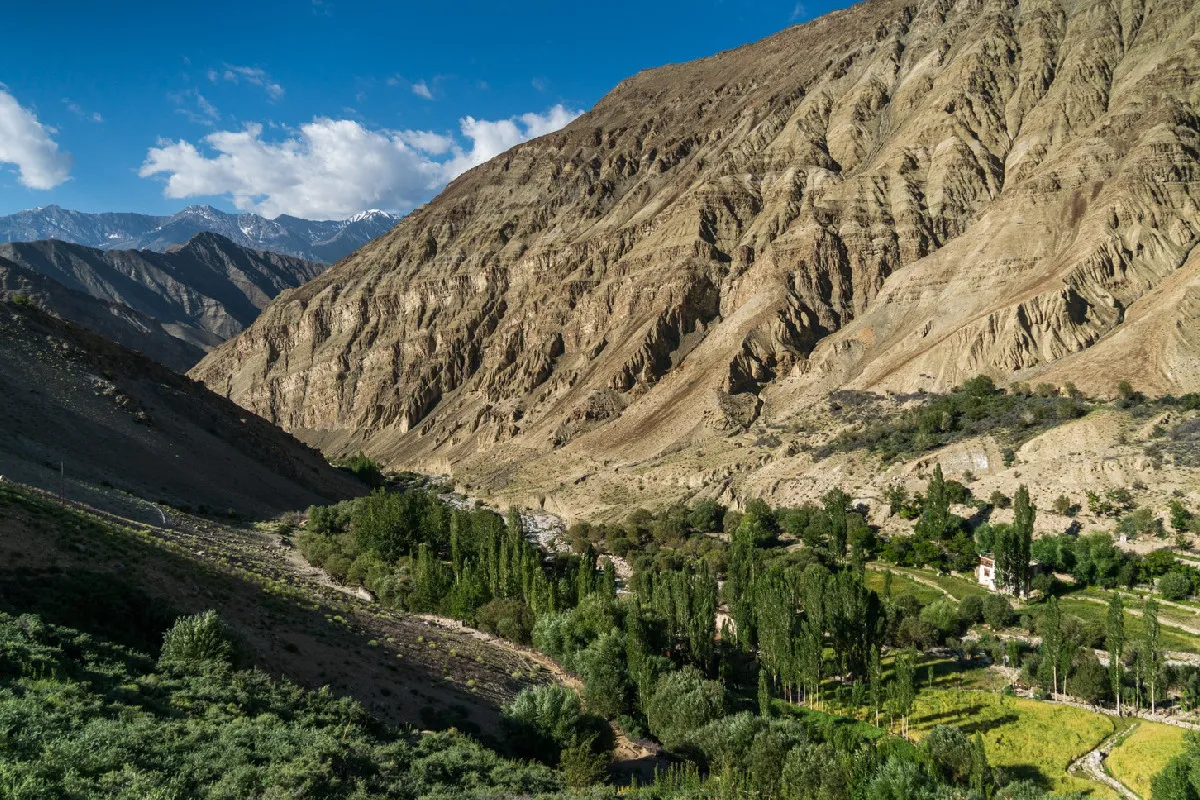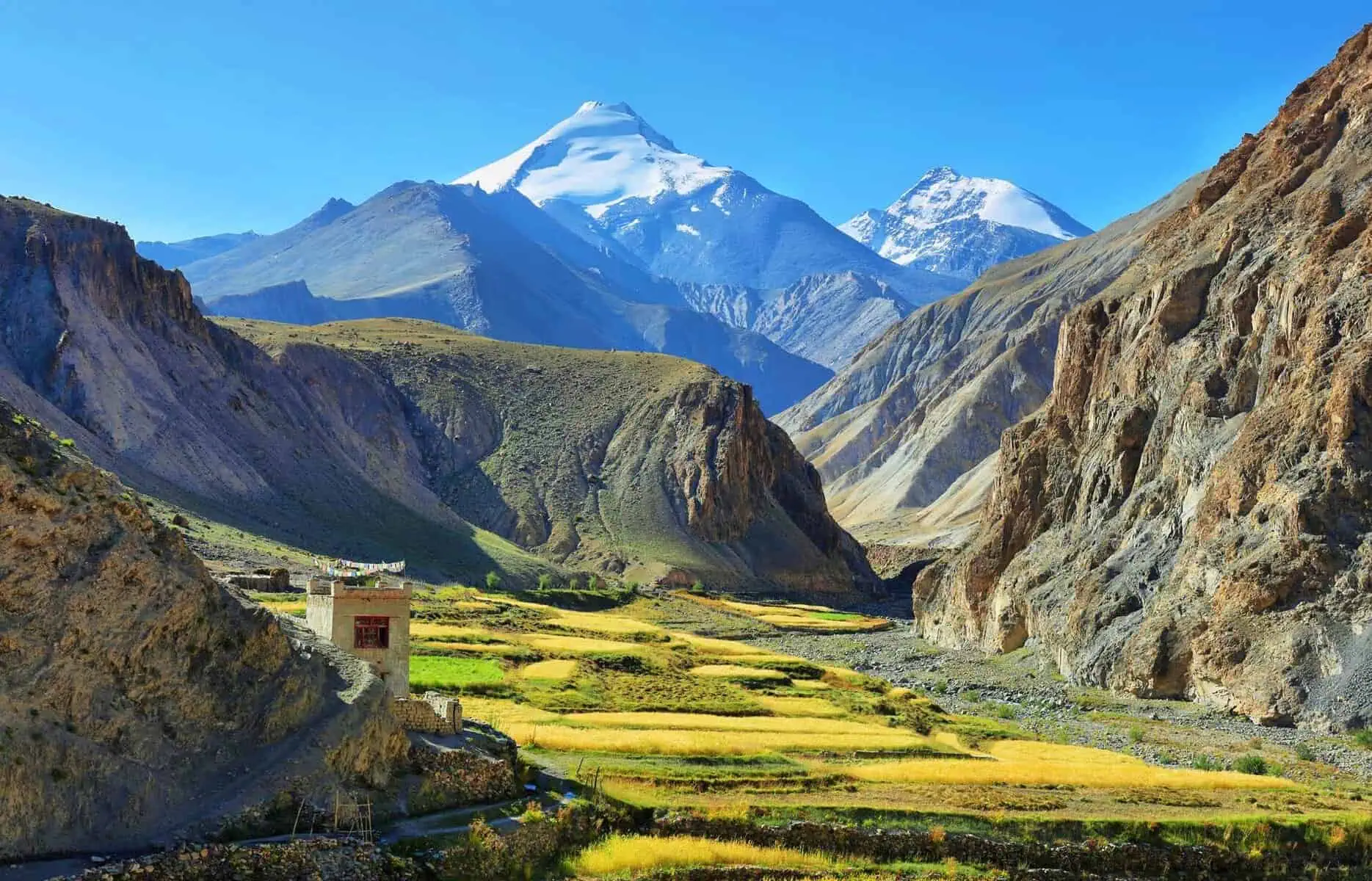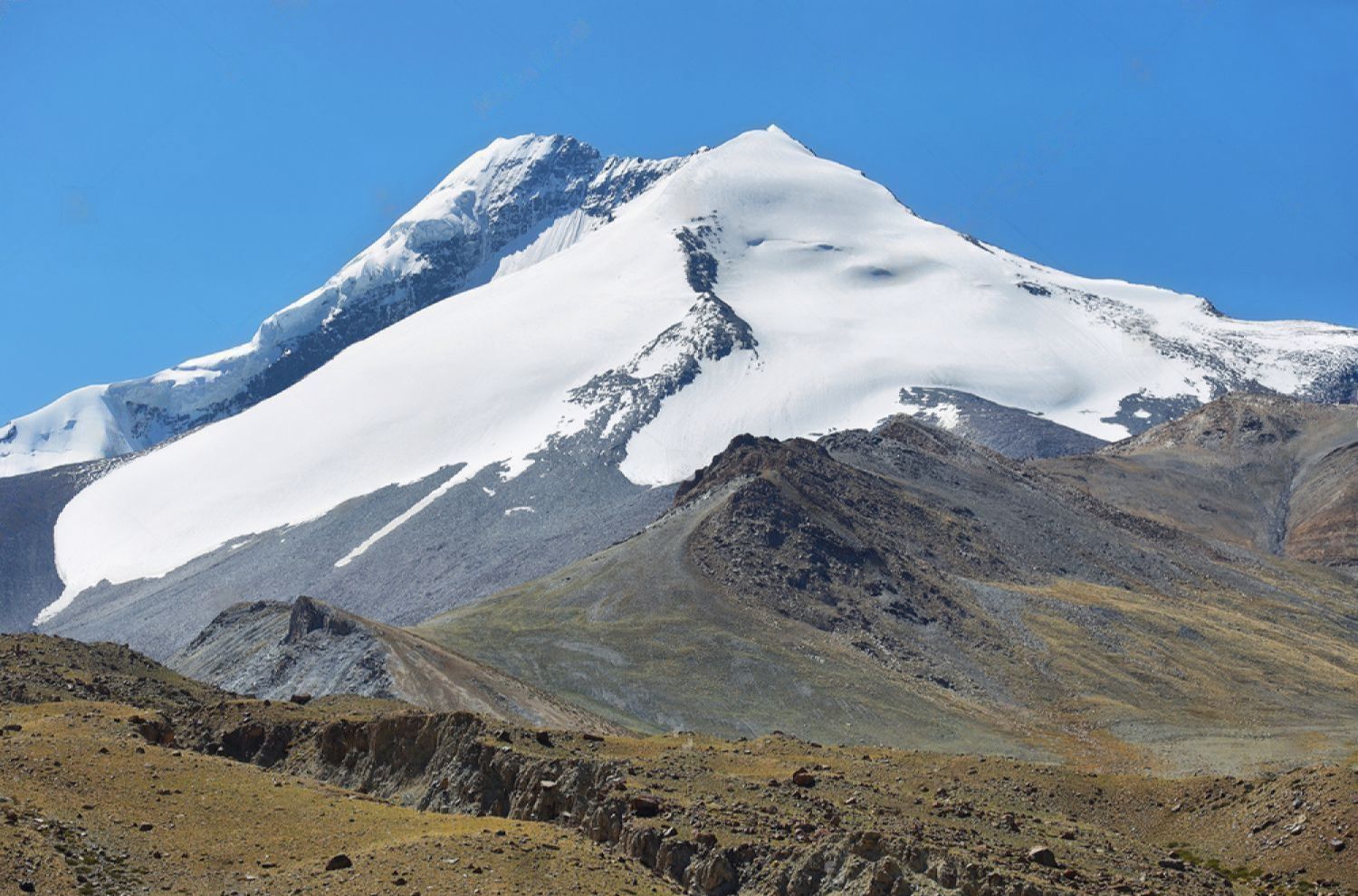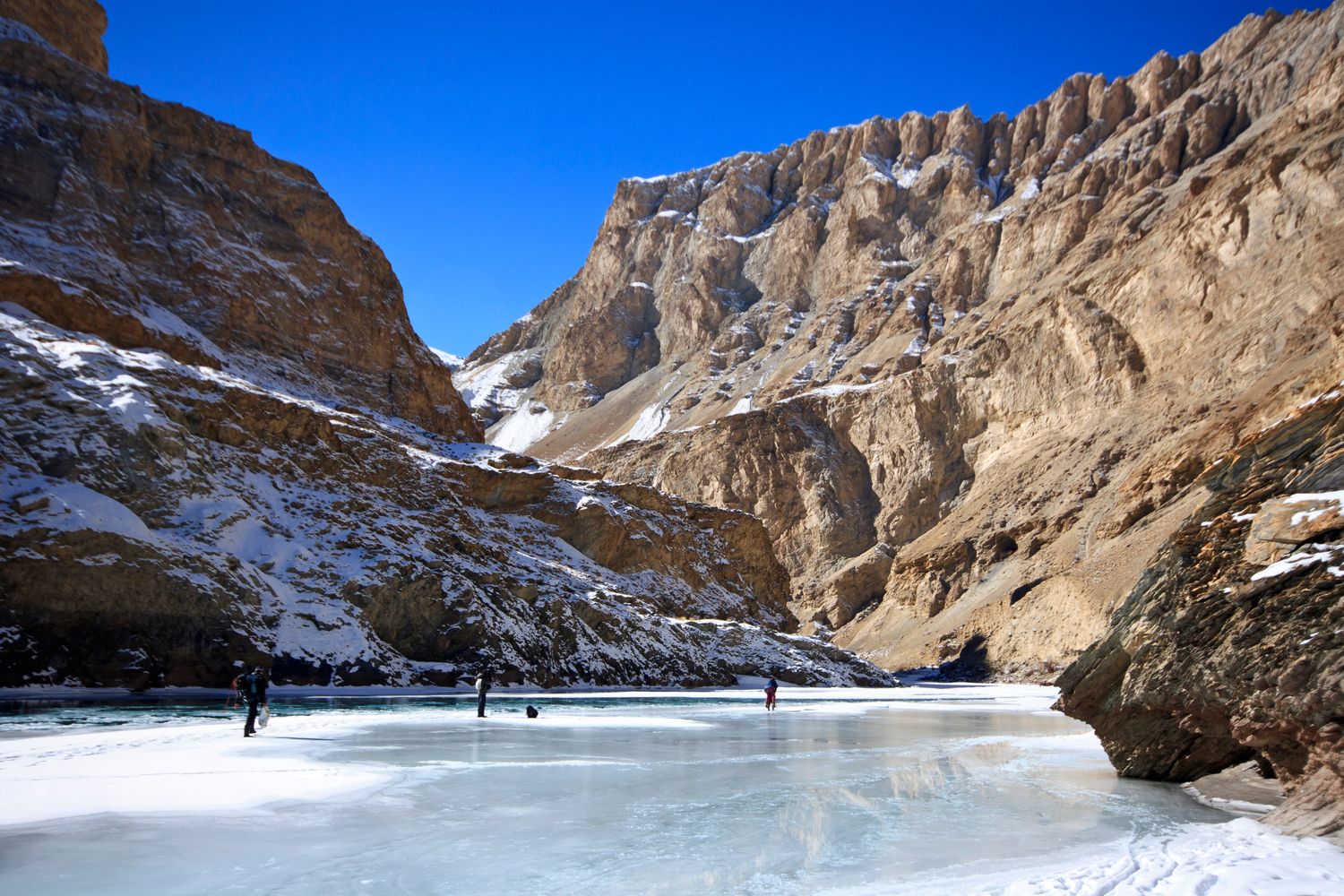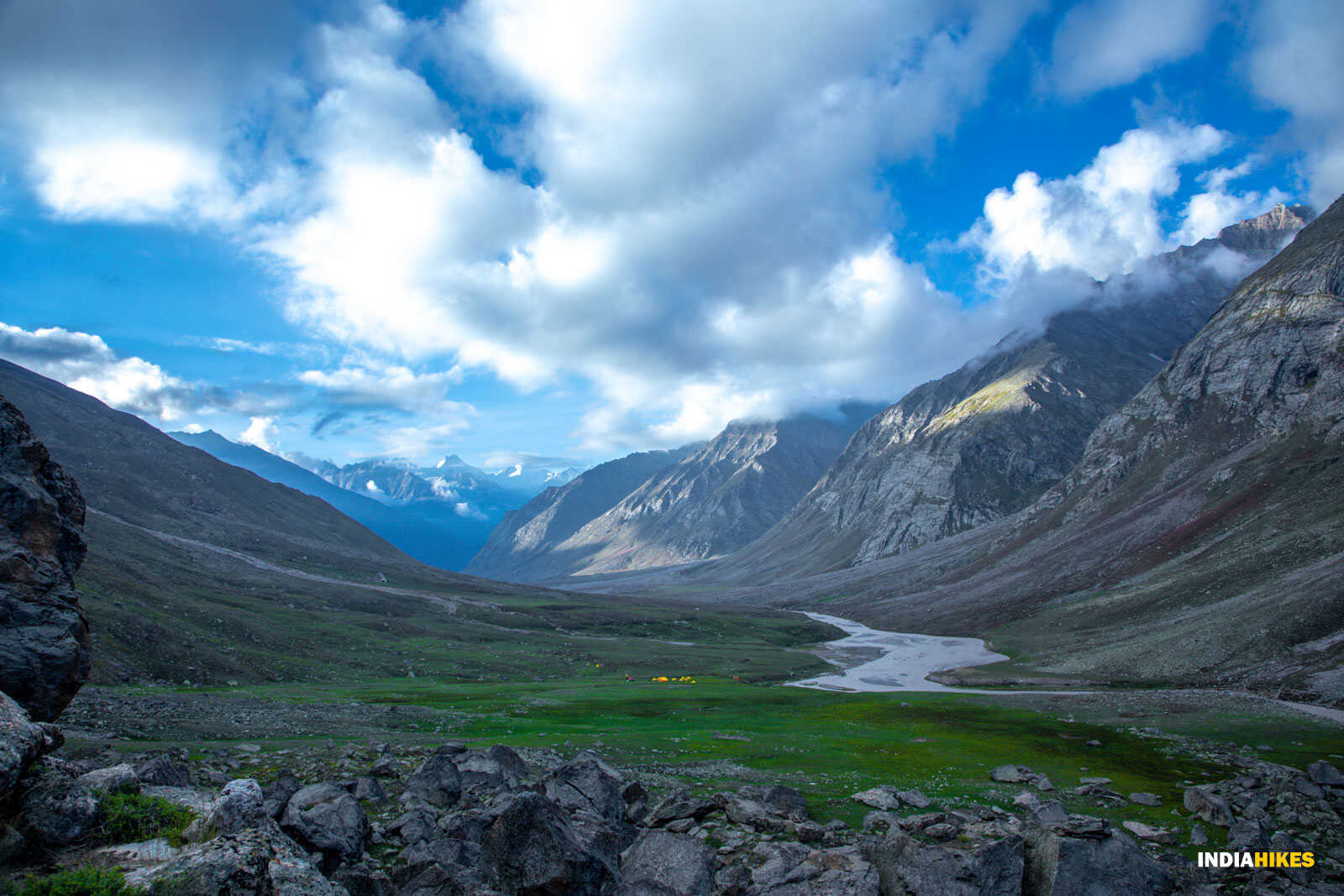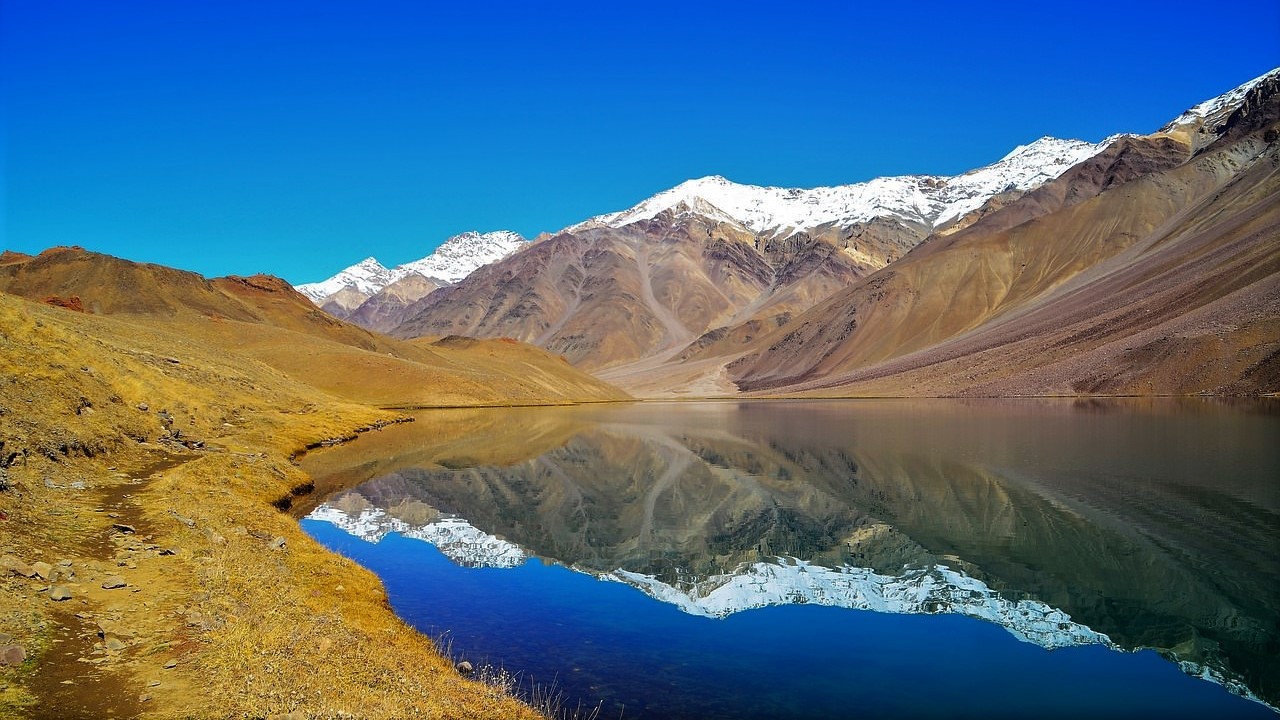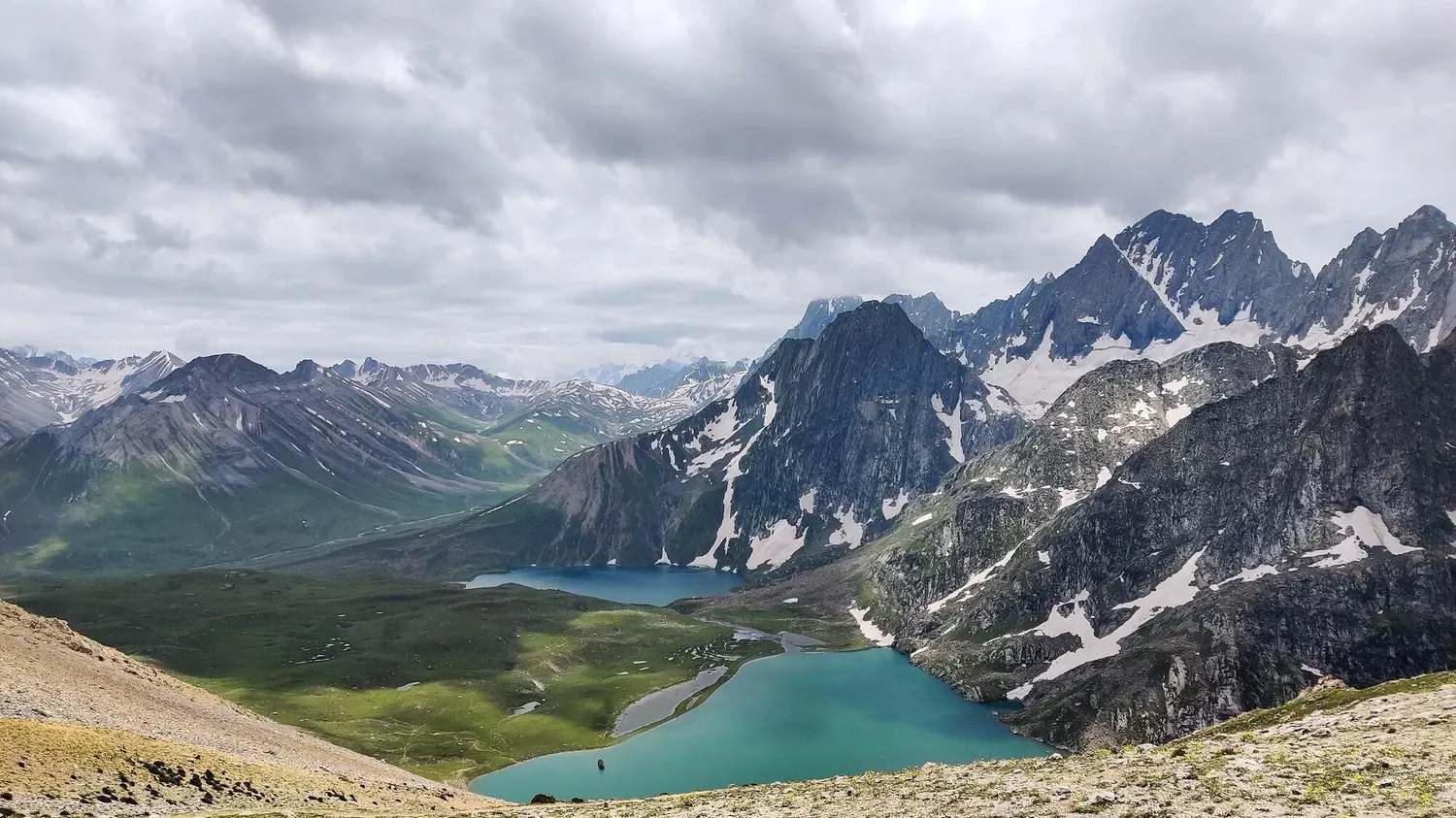Nubra Valley Trek: Crossing Lasermo La into Ladakh’s Hidden Oasis
The Nubra Valley Trek is one of Ladakh’s most breathtaking high-altitude adventures, taking trekkers across the dramatic Lasermo La Pass (5,438 m) into the magical Nubra Valley. Famous for its contrasting landscapes, Nubra offers snow-covered peaks, vast deserts, shimmering rivers, and lush green villages. The trek begins from Phyang village near Leh and traverses rugged trails, high passes, glacial streams, and secluded campsites before opening into the enchanting valley of Nubra. Known for its monasteries, sand dunes, and double-humped Bactrian camels, Nubra is a perfect blend of raw Himalayan wilderness and cultural richness, making this trek a once-in-a-lifetime experience.
The Thrill of Crossing Lasermo La
The highlight of the trek is crossing the Lasermo La Pass, a challenging yet rewarding climb that provides panoramic views of the Karakoram and Ladakh ranges. Trekkers witness glaciers, frozen lakes, and endless snowfields that test endurance but reward with unmatched beauty.
Nubra Valley: The Desert in the Himalayas
Nubra is famously called the “Valley of Flowers” of Ladakh and is unique for its cold desert terrain. With sand dunes, orchards, and meadows surrounded by towering mountains, Nubra offers a surreal mix of landscapes rarely found elsewhere in the Himalayas.
Cultural Encounters Along the Trail
The trek passes through remote Ladakhi villages and ancient monasteries, allowing trekkers to experience traditional Buddhist culture. Monasteries like Diskit and Samstanling are highlights, offering insights into Ladakh’s spiritual heritage.
Why Nubra Valley Trek is Unique
Unlike typical treks that focus only on mountains, Nubra combines high-altitude adventure with desert landscapes, river valleys, and cultural exploration, making it one of the most diverse trekking experiences in Ladakh.
